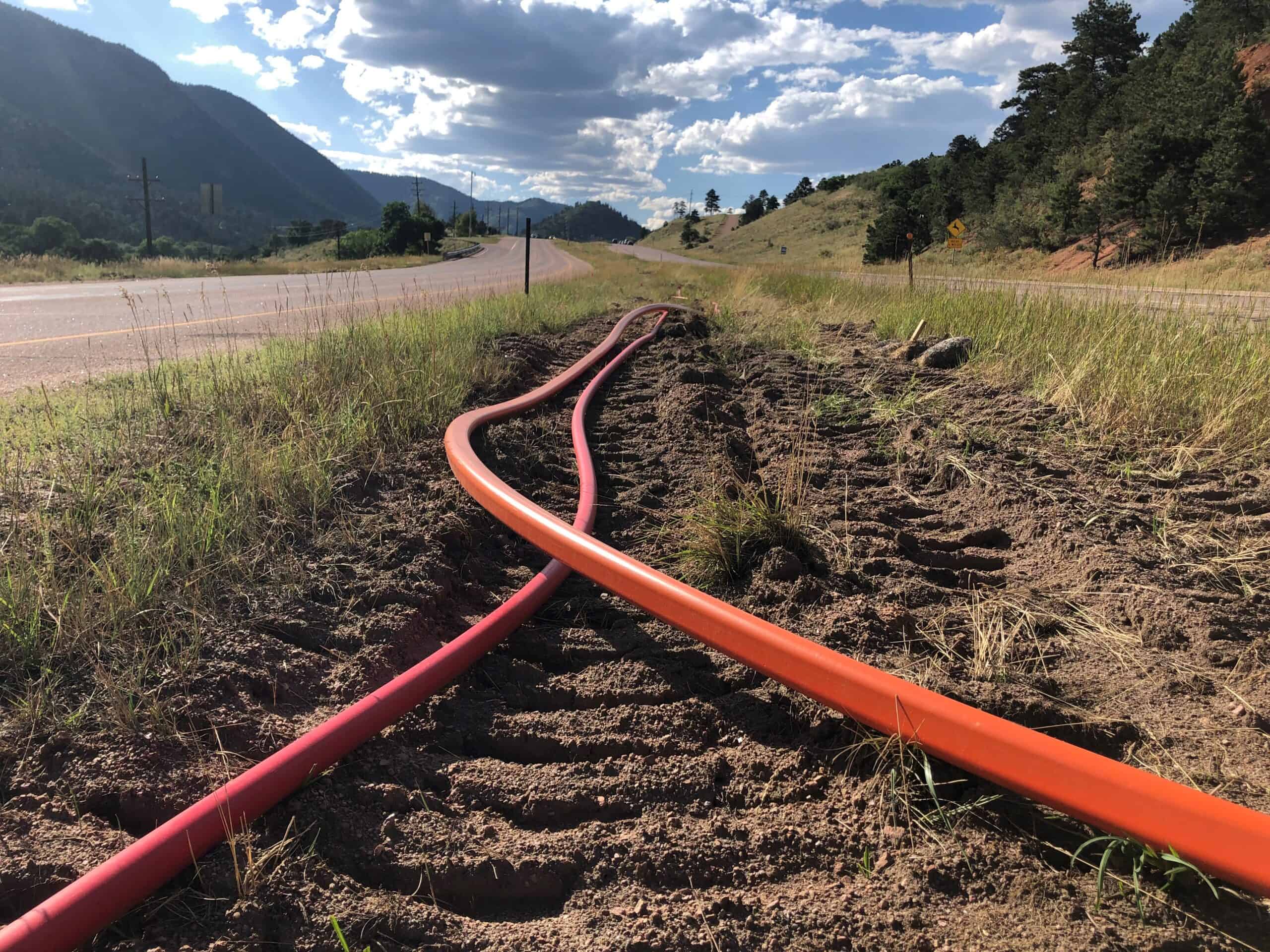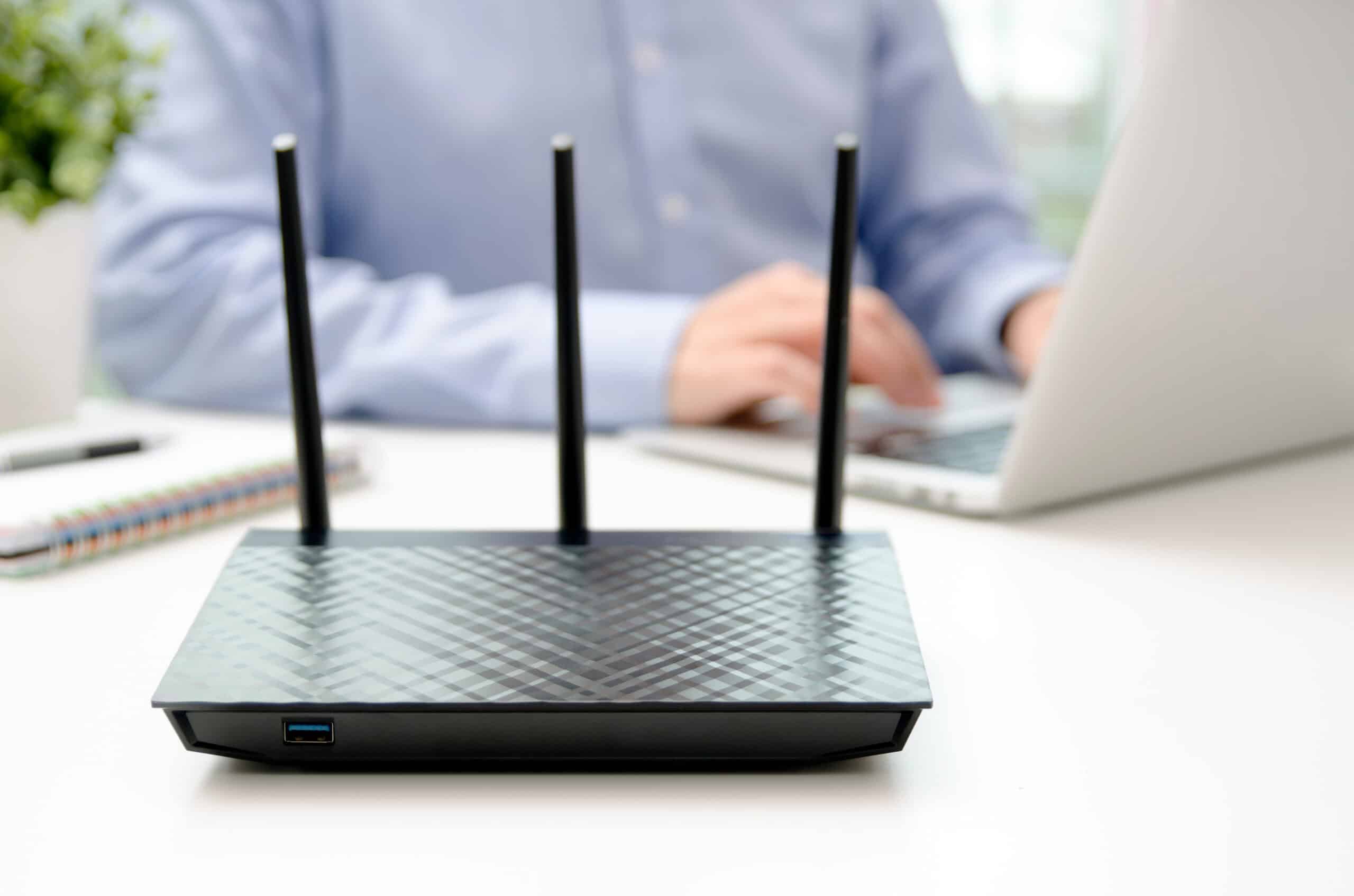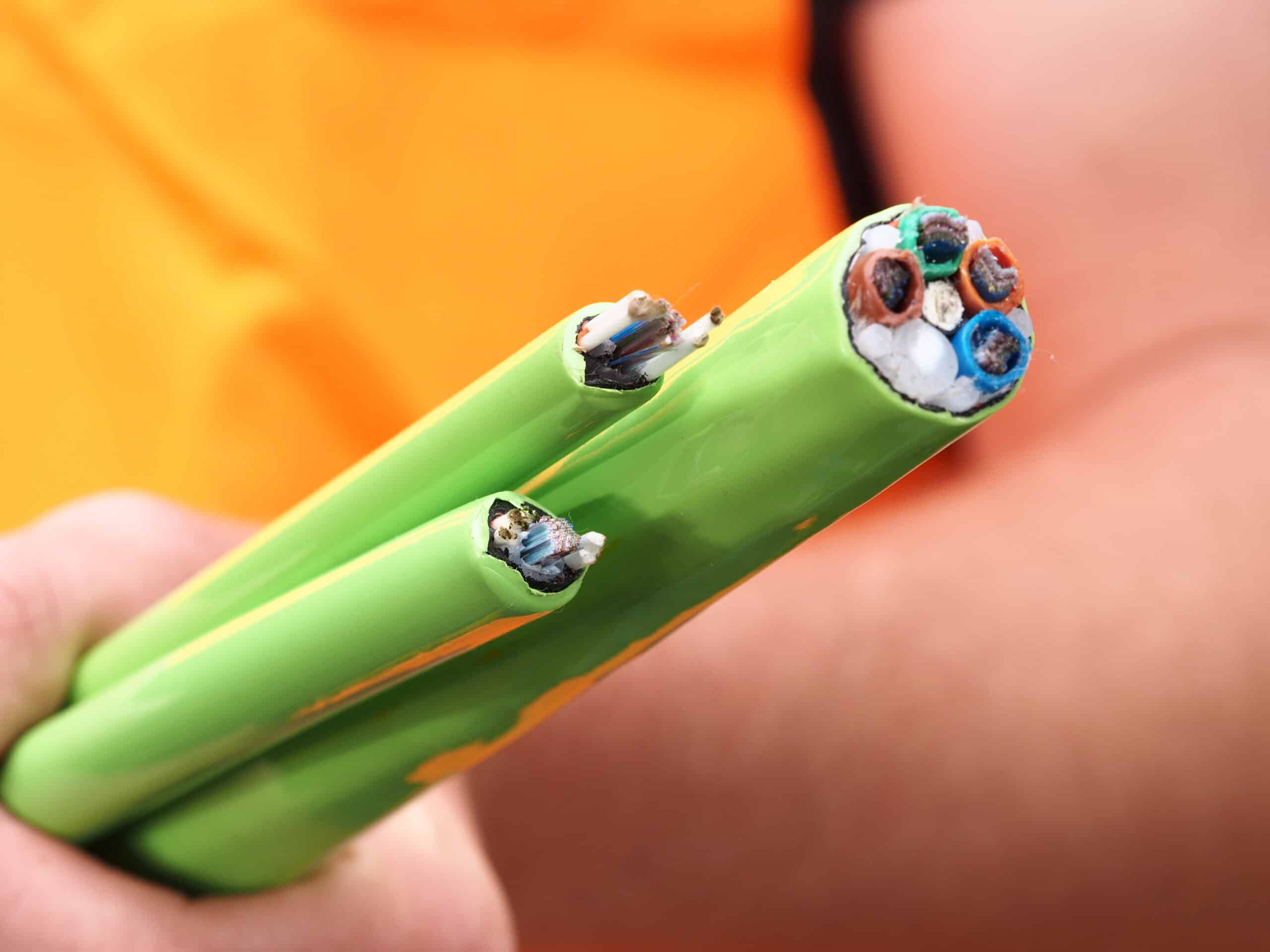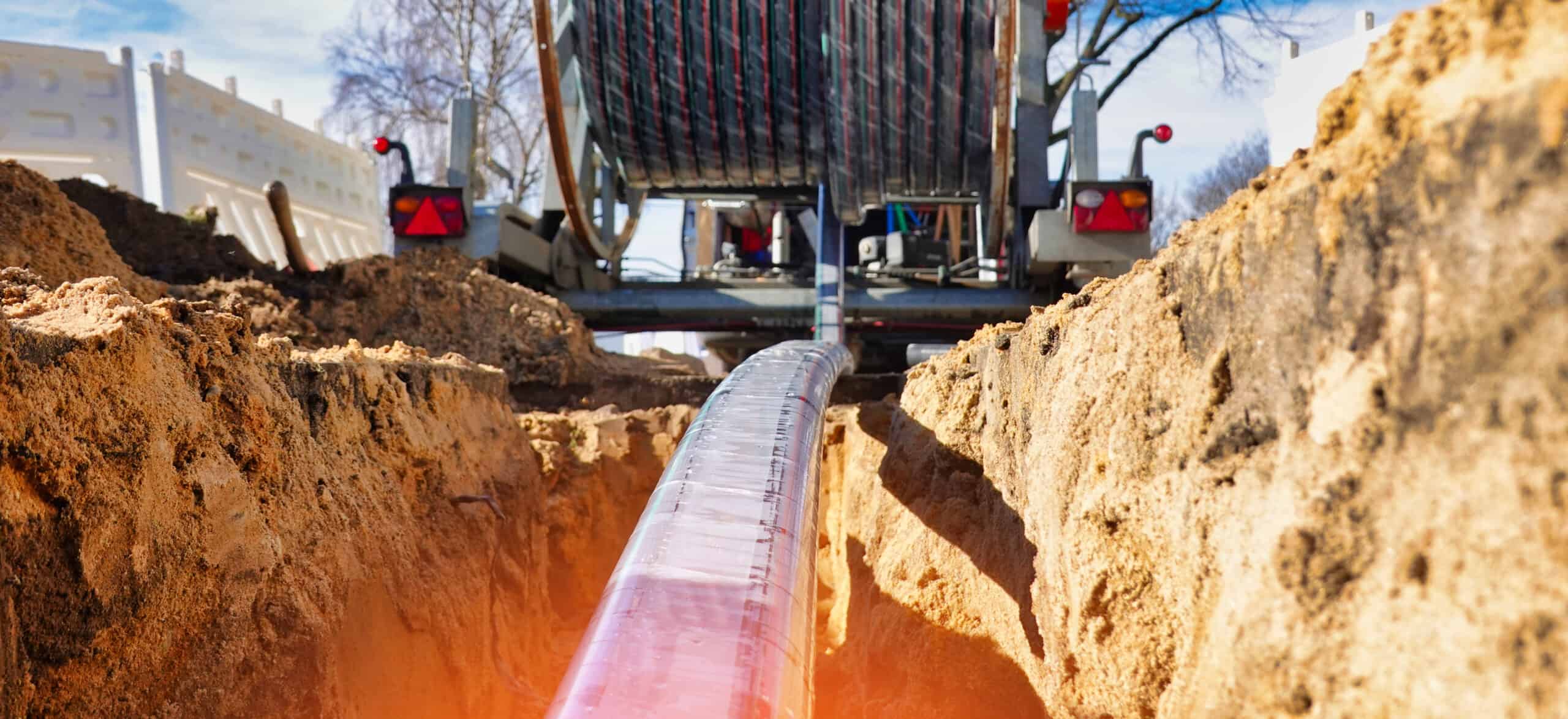
Creating Smarter Cities

Merging and Emerging Technologies – Broadband, Water Meters, Fiber Optics and 5G – all at once!
Few new technologies have gotten the attention that telecommunications is earning—for better or worse. It’s well understood that fiber optics or “wireline” and 5G or “wireless” infrastructure is increasing crucial to our urban fabric and our way of life.
More importantly, understanding and exploiting the “things it will do” will be in many ways revolutionary, offering us unprecedented capabilities and transforming virtually everything we know about public works.
One area ripe for innovation with local government agencies is delivering ultra-fast telecommunications by repurposing your existing public works infrastructure such as water, utilities control systems, almost any fiber optics that connects public facilities and even, especially, traffic signals.
Many local agencies are eager to:
- Create millions in new revenues
- Manage the appearance and locations of the “Tsunami” of thousands of 5G and Small Cell Transmitters
- Manage how 5G transmitters are placed either on 4G “macro towers” or standing alone, even in streetlights and traffic signals
- Create a municipally-owned fiber optic backbone
- Provide “gigabit” broadband services to residents as a revenue generating enterprise
- “Future-proof” their smart(er) cities
- Interconnect their traffic signals with federally-funded fiber optics and creating revenue-generators
- Municipalize their streetlights, reducing costs by roughly 80%
- Control street cuts with full cost recovery, lane rental and pavement degradation fees
- Above all else—avoid “Cost Causers,” address radiation concerns and “Frankenpoles”…all at the same time, ideally with virtually 100% Other People’s Money (OPM)
A “nice problem to have”?
With the arrival of the first wireless 5G services, we’re now officially on the highway to adoption. Offering a significant step up from today’s 4G networks, 5G can deliver “gigabit” speeds—often more than 100 times faster than today’s 4G networks, and with reductions in latency (or “lag”) to near real time.
Although the 5G rollout will likely happen in phases and not everyone will get gigabit-fast speeds immediately, many professionals estimate more than 100 5G transmitters will be needed per square mile, so even a small or mid-sized city can expect literally hundreds or even thousands of new 5G transmitters.
Not surprisingly, the construction of new 5G transmitters will be driven largely by economics and the laws of physics. That is, since the “millimeter wave”—or gigabit 5G will be limited to only a few hundred feet and can be expensive to build, the fact is that 5G deployment will take years—and in many low density, or rural areas, gigabit 5G may never be fully deployed.
Published with permission from APWA.
Subscribe to HR Green Insights
We're dedicated to providing up-to-date knowledge and insights about the topics that matter most to you. We know how busy you are, so we will keep this simple, covering just one topic per email. Once you've subscribed, you can easily customize your preferences to receive only the updates relevant to you.




